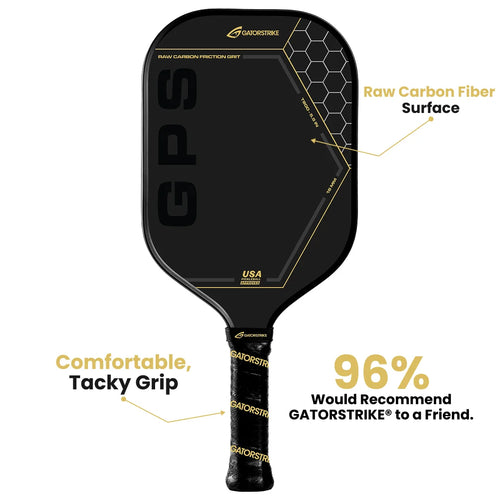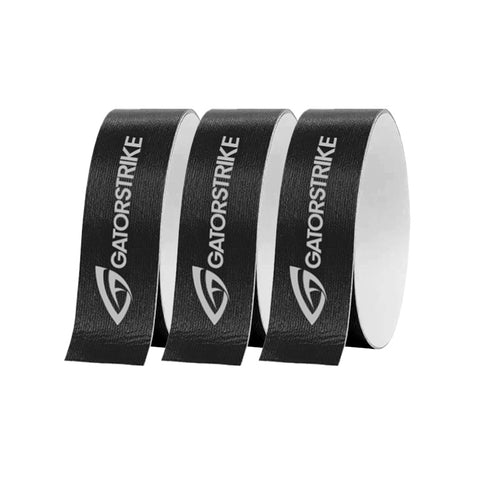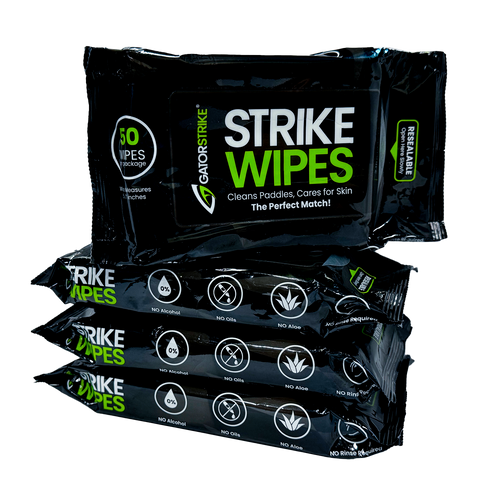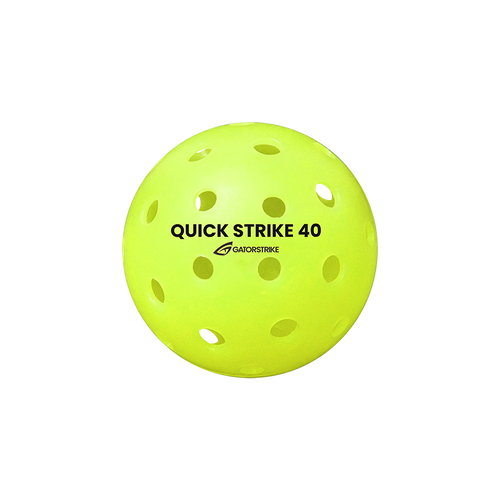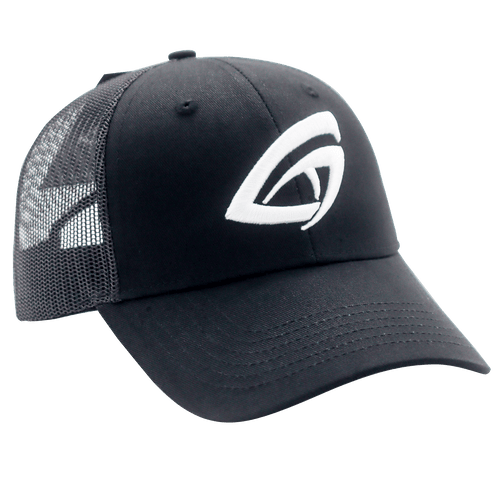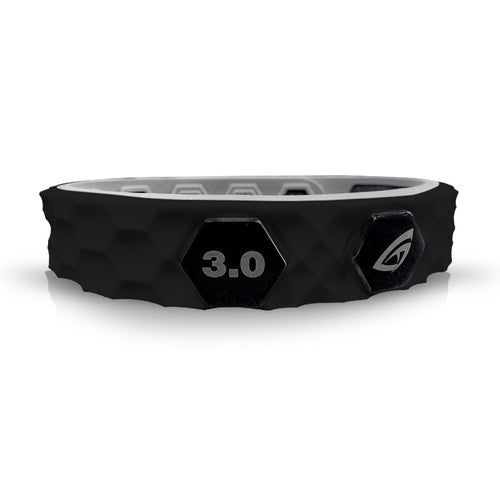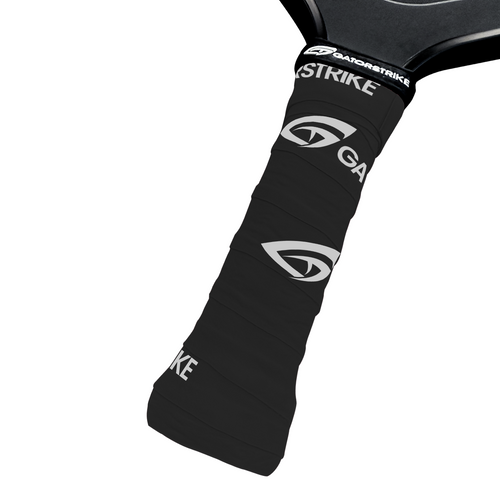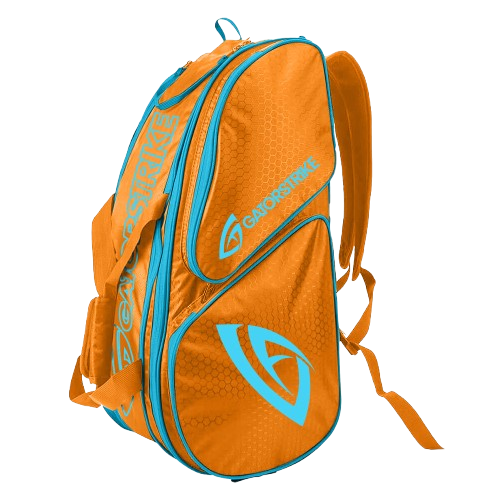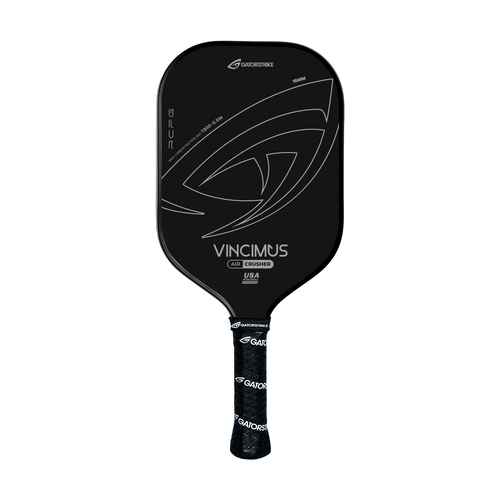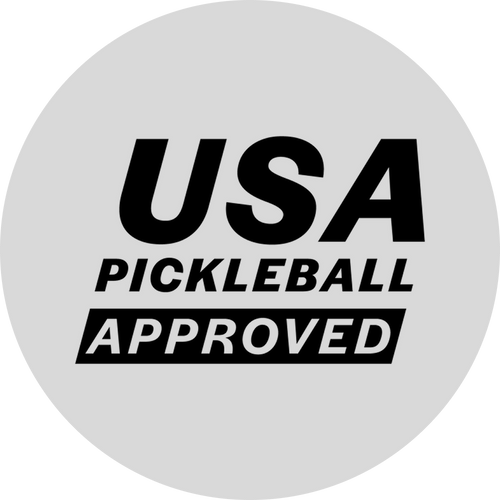
Cross-Training for Pickleball: Complementary Sports and Activities
Share
Pickleball is more than just paddles and dinks—it's a dynamic fusion of reflexes, coordination, endurance, and strategy. While hours on the court are essential, savvy players understand the power of cross-training. By engaging in complementary sports and activities, players can amplify their performance, build athletic versatility, and reduce the risk of injury.
This article explores a medley of cross-training options that target key pickleball competencies—agility, balance, flexibility, and mental acuity—arming you with a well-rounded training regimen that goes far beyond the net.
Why Cross-Training Matters in Pickleball
Cross-training is the unsung secret weapon of high-level athletes. Here’s how it elevates your pickleball prowess:
- Injury Mitigation: Rotating between different physical demands gives overused muscles a breather while fortifying underutilized ones.
- Enhanced Mobility: Activities emphasizing flexibility and joint articulation sharpen movement fluidity and range.
- Mental Freshness: Breaking up your routine keeps your training engaging and motivation high.
- Holistic Athleticism: Diverse movement patterns help build a stronger, more adaptive body for high-pressure points.
Think of it as a court-to-core upgrade—without the burnout.
Top Complementary Sports & Activities
Here’s a curated list of cross-training modalities that synergize beautifully with pickleball:
1. Tennis (Modified)
Focus: Stroke mechanics, footwork, and competitive rhythm
While tennis shares surface-level similarities with pickleball, it's particularly effective for developing power, timing, and court awareness. Play on a smaller scale or use a green dot (low-compression) ball to focus on strategy over brute force. Bonus: it hones your baseline confidence and overhead finesse.
2. Table Tennis (Ping Pong)
Focus: Reflexes, hand-eye coordination, spin control
Surprisingly, the quick-fire nature of table tennis translates exceptionally well to pickleball. It sharpens your paddle awareness, readies your reflexes, and trains your brain to anticipate nuanced ball movement—all from the comfort of your garage or basement.
3. Yoga or Pilates
Focus: Flexibility, balance, core strength, recovery
These low-impact disciplines cultivate proprioception and body alignment. The controlled breathing, balance postures, and rotational flows build resilience in your joints and elongate your muscles—vital for dinking, pivoting, and reaching those awkward, off-angle shots.
4. Basketball (Half-Court)
Focus: Lateral agility, vertical explosiveness, strategic positioning
Basketball’s stop-start nature and court movement mirror the demands of pickleball, particularly in doubles play. Shuffling defense, explosive sprints, and rapid directional changes offer prime agility conditioning and court IQ development.
5. Dance (Zumba, Jazz, Ballroom)
Focus: Rhythm, footwork coordination, cardiovascular stamina
Yes, dance! A joyful way to build light-footedness and rhythmic motion. Whether you’re busting out salsa steps or grapevining across a studio, your hips, ankles, and reflexes will become better attuned to nuanced movement—a game-changer near the kitchen line.
6. Swimming
Focus: Cardiovascular endurance, joint-friendly conditioning, muscular balance
Swimming is a total-body workout that builds lung capacity and core strength without the jarring impact of land sports. It’s excellent for recovery days while still offering muscular engagement and functional fitness.
7. Resistance Training (Functional Strength)
Focus: Power output, injury prevention, paddle speed
Incorporate compound movements like kettlebell swings, medicine ball throws, and single-leg squats to build strength relevant to pickleball’s unique demands. Prioritize exercises that mimic paddle strokes and explosive court transitions.
8. Pickleball-Specific Footwork Drills (Off-Court)
Focus: Movement mechanics, balance recovery, reactive quickness
Combine ladder drills, cone drills, and shadow movement with paddle in hand. These controlled yet repetitive routines fine-tune the micro-movements that often make or break your mid-rally success.
Tips for Integrating Cross-Training into Your Routine
- Mix It Up Weekly: Choose two complementary activities per week to supplement your regular practice.
- Cycle Focus Areas: Rotate between cardio, strength, and flexibility to develop a multidimensional foundation.
- Listen to Your Body: Use cross-training to enhance—not exhaust—your body. Rest days are strategic, not optional.
- Track Your Progress: Note improvements in court stamina, agility, and mental focus to stay motivated.
Conclusion
Pickleball mastery isn’t built solely on repetition—it’s sculpted through variation, creativity, and a commitment to whole-body excellence. By embracing a diverse cross-training approach, you unlock hidden reserves of strength, flexibility, and finesse that’ll show up in every serve, dink, and slam.
So next time you're not on the court, don’t consider it downtime—see it as training in disguise. Your paddle, your partners, and your game will thank you.
